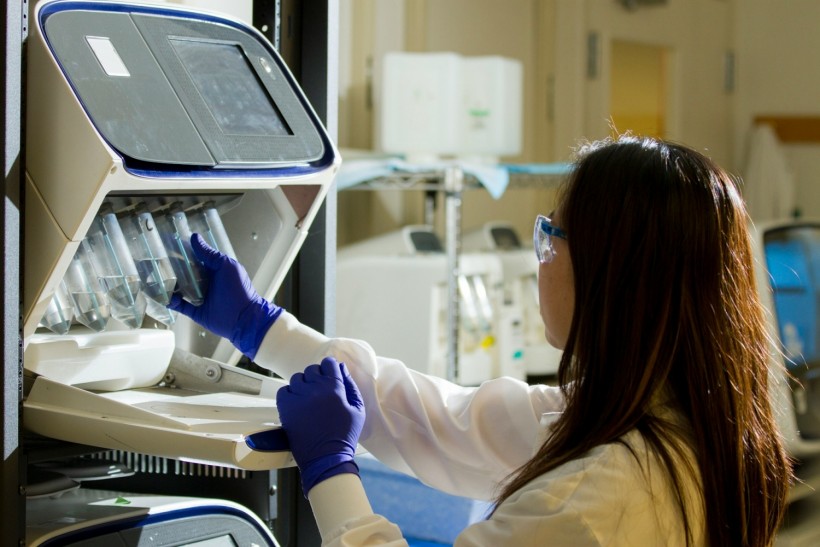In recent years, hydrogels have found potential applications in regenerative medicine, particularly in developing self-healing materials. However, contrived hydrogels fail to mimic the native architecture and mechanical properties of biological tissues.

Potential of Hydrogels in Cancer Treatment
Cancer is known for being a diverse disease, which is why two persons with the same type of cancer will usually respond to the same treatment in very different ways. In cancer cell biology, tumor organoids are a miniaturized version of an individual patient's tumor. These can be used for drug testing, enabling scientists to develop personalized therapies for a specific patient.
Fibrous networks made by biological polymers like collagen or fibrin demonstrate nonlinear mechanical behavior. Although they undergo strong stiffening in response to weak shear and elongational strain, they soften under compressional strain. This leads to a striking difference in the response to the deformation of flexible-strand networks formed by the molecular arrangement of the material.
These networks also exhibit nonlinear properties attributed to the constituent filaments' mechanical asymmetry. Hydrogels made by biological polymers are used to study the nonlinear mechanical behavior of fibrous filaments to gain more insights into the properties of these materials. As a result, limited control over network architecture is provided.
For this purpose, hydrogels are created with nanofibrous architecture containing large pores for nutrient and waste transport. These pores affect their mechanical properties and cell interaction.
READ ALSO: Hydrogel-Coated 'Smart' Sutures Can Hold Tissues in Place, Detect Inflammation and Release Drugs
Advancement in Tissue Engineering
Experts from the University of Waterloo collaborated with researchers from the University of Toronto and Duke University to develop synthetic material from cellulose nanocrystals to repair damaged heart tissue. The details of their study are described in the paper "Nanocolloidal hydrogel mimics the structure and nonlinear mechanical properties of biological fibrous networks."
Led by chemical engineering researcher Dr. Elisabeth Prince, the team engineered the material to mimic the fibrous nanostructures and properties of human tissues. This allowed them to recreate the unique biomechanical properties of human organs such as the heart. Prince utilized these human-tissue mimetic hydrogels to promote the growth of small-scale tumor replicas obtained from donated tumor tissue.
In this study, Prince aims to use injected filamentous hydrogel material to allow damaged heart tissue to regrow after a heart attack. To make this possible, she harnessed the potential of nanofibers as a scaffolding for the healing and regrowth of broken heart tissue. To address the challenge of using biomimetic hydrogel, the team recapitulated the filamentous structure as well as the unique mechanical properties of the fibrous protein networks.
Prince's research is unique because most conventional hydrogels used in tissue engineering or 3D cell culture do not possess this nanofibrous architecture. In this innovative project, the research team used nanoparticles and polymers as building blocks for materials to mimic human tissues accurately.
In the future, Prince and her colleagues plan to use conductive nanoparticles to make electrically conductive nanofibrous gels that can be used to mend heart and skeletal muscle tissue.
RELATED ARTICLE: Newly Developed Hydrogel Proven To Eliminate Traces of Cancer After Successful Brain Surgery in Mice
Check out more news and information on Hydrogel in Science Times.














